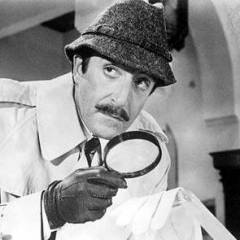-
Topics Being Discussed Right Now on The Sand Trap
-
- 30 replies
- 2,538 views
-
- 10 replies
- 2,229 views
-
- 3,512 replies
- 374,517 views
-
- 8,515 replies
- 390,518 views
-
Low Spinners (Viktor Hovland, AoA) 1 2 3
By iacas, in Instruction and Playing Tips
- spin loft
- low spinner
- (and 2 more)
- 39 replies
- 10,069 views
-







Recommended Posts